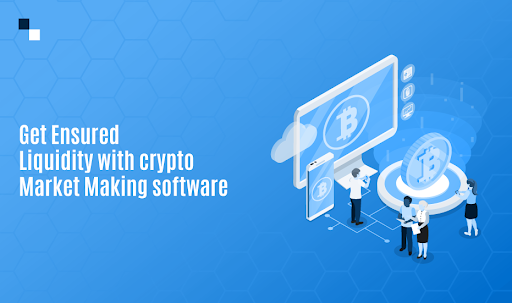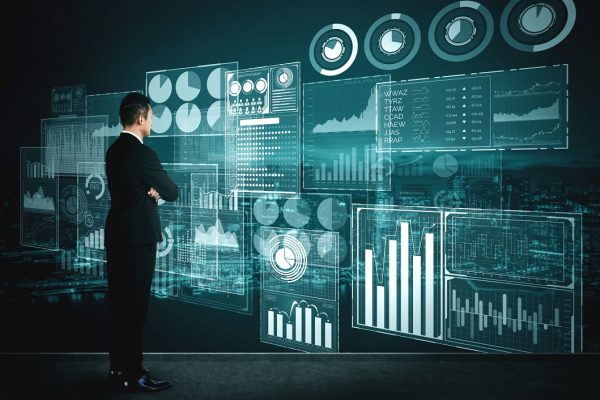Are you wondering how to finance the purchase of new equipment for your business? Have you thought about the different solutions available to you? Here is an overview of some of the solutions available for you:
- Self- financing,
- The classic loan,
- Long-term rental,
- Crowdfunding,
- Leasing.
Table of Contents
RESTORE YOUR FINANCIAL PARTNERS WITH AN EFFECTIVE FILE!
When it comes to business equipment financing, your financial partners are increasingly demanding. They want to guarantee their risks.
Whatever the amount of your investment, you must justify your request and present a solid financing plan that demonstrates the feasibility of your project.
Here is an effective method:
THE FIRST EXCHANGE WITH YOUR ACCOUNTING ADVISOR:
- The characteristics of your investment: designation, purchase price, etc.
- The financing characteristics, if you have it: the amount of the loan, rent of the leasing or long-term rental, crowdfunding operation project…
CONDUCTING A STUDY:
- Inventory and processing of information collected.
- Resumption of your financial situation according to your last balance sheet.
- Simulation of funding methods.
- Optimization of hypotheses.
- Search for the best solution adapted to your financial situation.
- Integration of the impacts of your investment on your financial situation.
- Validation of your ability to repay the expected funding.
PRESENTATION OF THE AUDIT
- Presentation of the optimum solution.
- Calculation of gains made.
- Financial analysis of your project.
- Answer the criteria for obtaining the funding.
- Delivery of a report for the bank (s) (essential to apply for your financing ).
- Presentation of financial partners and assistance in obtaining financing.
THE ADVANTAGES
- Validate the choice of your investment.
- Find the most suitable financing.
- Be accompanied in the negotiation with your bank or other actors.
- Benefit from optimal taxation … and ultimately, real savings!
How does leasing work as a way to finance the purchase of equipment?
Leasing is a financial arrangement based on a loan secured by an asset. The bank or the specialized establishment (often a bank subsidiary) will buy for you the equipment or the real estate that you wish to acquire (by financing the acquisition by a loan).
It will then rent the equipment to you for a period agreed in advance: generally, the depreciable life of the property under an equipment lease, and over a period of 8 to 15 years under a real estate leasing.
At the end of the rental contract, you generally have a purchase option allowing you to buy the property for its residual value (i.e. the resale value of the property once depreciated). We are talking about the purchase option for the equipment lease and the promise of a forward sale for the property lease.
In some cases, it is also possible to renew the rental contract with a lower rent given the fact that the loan used to finance the purchase of the property by the leasing company has already been repaid.
What are the advantages of leasing?
The advantages of leasing are manifold.
First of all, leasing generally allows you to finance 100% of the amount including tax of the property, while a medium-term bank loan does not generally allow you to finance more than 70 to 80% of the property excluding tax.
This is explained in particular by the fact that the lender owns the financed asset, and therefore that in the event of a problem he can very easily recover it and resell it to reimburse himself.
A security deposit and/or an increased first rent may also be requested by the company financing the purchase of equipment. In practice, therefore, this advantage essentially concerns the smoothing of VAT payment over the duration of the rental.
Then, leasing is generally quite simple to set up: you can have the financing studied by your bank in advance, then once the purchase order signed, it will settle directly the supplier or seller of the property. So, you don’t have to advance the funds.
Finally, the financial lease is off-balance sheet, that is to say, that neither the rental asset nor the loan used to finance it appear in your financial statements. The total financial debt of your company, therefore, appears lower, which would not have been the case if you had financed the investment using a more conventional professional loan.
What are the disadvantages of equipment leasing?
The major drawback of equipment leasing is that it generally does not allow very specialized equipment to be financed.
The company financing the operation must ensure that there is a secondary market (sale of second-hand goods) allowing it to resell the equipment in the event of default by the tenant or in the event that the latter decides not to exercise the purchase option at the end of the rental contract.
What are the limits of real estate leasing?
Real estate leasing can only be used to finance the property for commercial, industrial or office use.
Real estate leasing is only available to subject companies:
- Corporate tax
- To the tax on agricultural profits
- To the tax on industrial and commercial profits
- To non-commercial profits tax
As with equipment leasing, real estate leasing does not generally allow the financing of buildings whose layout would be too specific to be able to be easily sold in the event of default on the loan.
What is the cost of leasing?
The cost of leasing consists of the following:
At the time of funding:
- Application fees: as with any study of a funding request
- Guarantee deposit: recoverable at the end of the rental or deductible from the amount of the purchase option if it is exercised
- 1st rent increased: generally offered as an option – the increase plays a role equivalent to a personal contribution for a conventional loan
Over the duration of the rental:
- Rent: payable monthly or quarterly, and subject to VAT
- Insurance: several types of professional insurance can be offered (machine breakdown insurance, disability death, etc.)
Note: from a tax point of view, the use of leasing is neutral for the company: the rents paid to the company financing the operation are deductible expenses, just as depreciation and interest would have been if you had financed the investment by a bank loan.
What is the difference between equipment leasing and long-term rental?
The long-term rental mechanism is similar to that of equipment leasing: that is, a specialized company buys equipment for you (usually a vehicle), again by financing the purchase by loan, then you rent the equipment in exchange for monthly or quarterly rent.
Unlike equipment leasing, long-term rental does not have a purchase option. You must therefore return or re-rent the equipment at the end of the rental contract.
Conclusion
Many businesses face the need to buy equipment for their startup setup. For this, leasing could be an effective option. Financing for the equipment of your business can be beneficial to you in several ways.











